Content:
Chicken meat is a very popular product, so growing your own meat breeds of chickens is very relevant and advisable. But the question always arises, which breed of broilers to choose for such purposes. There are a lot of options. The Cobb 500 broiler breed has excellent performance and characteristics.
Growing broilers
If you decide to raise broilers at home, you do not need to start by buying chicks. Before purchasing the selected broiler breed, you should prepare a place where they will feel comfortable.
The room must be specially equipped, it provides for ventilation and heating in order to maintain comfortable conditions. At first, the room may be small, some day old chicks are kept in a spacious cardboard box for the first time.
To equip the poultry house, you will need to purchase:
- heating lamps;
- thermometer (for temperature control);
- Feeders and drinkers;
- Litter that will need to be changed regularly, such as stocking up on sawdust.
Feeding
Nutrition plays no less role than comfort in keeping broilers. It is most important to provide the birds with sufficient nutrients and minerals for the first month so that the birds gain weight quickly.
The very first days of the chickens are fed with dry millet, they gradually begin to introduce eggs, cottage cheese and other products, not forgetting to water the young with vitamins. From 7-10 days, you can begin to introduce compound feed.
By the month, broiler nutrition, in addition to compound feed, cereals, should contain greens and other nutrients. It is important that the food is fresh and not sticky or sticky. Birds must be able to drink water at all times, so drinkers are filled on time.
Walking
Broilers feel great without walking in spacious areas, so pens for them can be made small. But they need fresh air, so it is important to take out or let the birds out for at least a couple of hours.
Characteristics of the Cobb 500 breed
When describing Cobb 500 broilers, it should be noted that they are considered one of the most productive breeds. Chickens Cobb 500 were bred specifically to get the maximum amount of meat with a minimum growing period. By the age of 40 days, with proper care, a bird weighing about 2.5 kg can be obtained.
History of appearance
In essence, the cobb 500 crosses are hybrids, since other varieties were taken as the basis for this breed: Plymouth Rock, Kuchinsky Jubilee, Cornwall, New Hampshire, Zagorskaya Salmon, Pantsirevsky, Rhode Island.
The characteristics of the Kop 500 broiler breed make it the best of meat, this breed is grown all over the world: the USA, Russia, Hungary, Belarus, Ukraine and other countries of Europe and Asia.Nevertheless, the Czech Republic is considered the homeland, therefore, Cobb 500 broilers are often called Czech crosses.
Appearance
It is easy to recognize a Cobb 500 bird by its appearance:
- always a white feather;
- powerful physique;
- wide back and chest;
- strong developed paws and legs with a large volume of muscles;
- a small ridge of bright red color is characteristic of both females and males.
If the bird is very angry, it can cause serious injury. But, despite the power and strength, the breed is distinguished by a calm disposition, they are rarely the first to provoke clashes.
The great advantage of this breed is its good presentation. The meat is white and the skin is yellow, which is not typical for other broiler species. For example, Ross 308 and 700 or Hubbard breeds have a pronounced bluish tint.
Growing
Raising Cobb 500 broilers has little difference from the general principles of keeping meat breeds of birds. Still, there are certain features of feeding and maintenance, and they should not be ignored.
Incubation period
Today it will not be difficult to buy birds of any breed. It is best to buy young animals of daily age in order to independently choose the scheme of additional supplementation with antibiotics and vitamins, as well as monitor the diet. When purchasing already bred young animals alive, you must ask the seller for a certificate, which will confirm the age and belonging to the selected breed.
You can breed chickens of this breed yourself using special equipment. Before laying in the device, the egg is heated to a temperature of 25 degrees. The incubator is set at 37.5-38 degrees. Chicks should hatch in 21 days.
Growing space
While the eggs are in the incubator, you can start preparing the room. At first, it is allowed to keep small chickens in a spacious box, but not for long. When the babies are a little stronger, they are transferred to the poultry house. The Cobb 500 breed does not require long walks, they can always be in a warm room with a constant temperature.
In the first days of life, food bowls are set, but as the birds grow, they are replaced with traditional bird feeders. Up to 10 days, the stocking density of birds should be 50 heads per square, after this period no more than 10 birds should live on one square.
Representatives of Cobb 500 do not tolerate gas pollution and drafts. Until the birds are 2 weeks old, they need at least 25 lux round-the-clock lighting. The use of LED devices is allowed.
It is very important to keep the houses clean. The litter in the barn should be changed every three weeks, preferably if cleaning is done more often. The bird should not be in mud. In such conditions, it can quickly become infected with diseases, from which birds can fall en masse. Diseases in broilers that are kept in mud develop very quickly.
The stuffiness also negatively affects the development of broilers. If it's too hot outside, you still need to maintain the recommended temperature. Damp sheets around the perimeter of the house can help to lower temperatures and increase humidity. In large farms, air conditioners are installed.
Feeding
In addition to compound feed, the diet should contain:
- finely chopped root vegetables, corn, vegetables and herbs;
- mixtures of various types of grain;
- grass;
- soaked crackers and bread, but not more than 5% of the total.
To provide the bird with the necessary minerals, special impurities are added to the feed. The table, which is on each pack, will help to understand the volume of such premixes.
It is also important to ensure constant access to fresh water. If there is no automatic feeding (most often such systems are installed in large farms), it is important to monitor the liquid level in the drinkers and replace it in a timely manner. Rotten water can lead to diarrhea, which will lead to weight loss. Rotten water is the most common cause of death in broilers, as untreated diarrhea will kill birds.
On the first and second days, you should not give the chicks cottage cheese, whey or eggs - their stomachs are not yet ready to digest such food. At this time, they are fed exclusively with dry millet. From the third day, you can gradually introduce these products. It is also allowed to blame chickens with crushed and soaked oats and wheat. The kernels should be spitting-free and slightly damp.
From the 9th day of life, you can add boiled and chopped fish waste to the diet. From this period, they gradually begin to introduce compound feed created for this age of birds.
As the chickens mature, the compound feed is replaced, depending on the growth. Some farmers refuse special feed, in which case it is imperative to give the birds vitamins separately. When mixed fodders appear in the diet, it is necessary to increase the volume of water so that there are no problems with digestion.
Be sure to feed broilers of any age should contain powders from chalk, egg shells, shell rock. This will replenish potassium supplies. The feed introduction guide is available on the packs.
Cobb 500 Breed Growth Table by Day
For many, in order to understand the productivity of the selected breed, it is important to know the weight of the broiler by day. The Cobb 500 chart will help you control the difference between poultry weight gain and standard parameters.
Broiler growth by day
| Bird age in days | Individual weight, g. | Feed volume for each bird per day, g. |
|---|---|---|
| 0 | 42 | 0 |
| 1 | 52 | 14 |
| 2 | 66 | 14 |
| 3 | 82 | 15 |
| 4 | 100 | 16 |
| 5 | 120 | 22 |
| 6 | 142 | 25 |
| 7 | 166 | 28 |
| 8 | 193 | 31 |
| 9 | 223 | 35 |
| 10 | 256 | 39 |
| 11 | 293 | 44 |
| 12 | 334 | 49 |
| 13 | 379 | 55 |
| 14 | 427 | 61 |
| 15 | 478 | 68 |
| 16 | 532 | 75 |
| 17 | 589 | 83 |
| 18 | 649 | 91 |
| 19 | 712 | 99 |
| 20 | 778 | 106 |
| 21 | 846 | 112 |
| 22 | 916 | 118 |
| 23 | 988 | 123 |
| 24 | 1062 | 128 |
| 25 | 1137 | 133 |
| 26 | 1213 | 137 |
| 27 | 1290 | 141 |
| 28 | 1368 | 145 |
| 29 | 1447 | 149 |
| 30 | 1527 | 153 |
| 31 | 1608 | 157 |
| 32 | 1690 | 160 |
| 33 | 1773 | 163 |
| 34 | 1857 | 166 |
| 35 | 1942 | 169 |
| 36 | 2027 | 172 |
| 37 | 2112 | 175 |
| 38 | 2196 | 177 |
| 39 | 2279 | 179 |
| 40 | 2361 | 181 |
| 41 | 2442 | 182 |
| 42 | 2522 | 183 |
| 43 | 2601 | 184 |
| 44 | 2679 | 185 |
| 45 | 2756 | 186 |
| 46 | 2833 | 187 |
| 47 | 2909 | 188 |
| 48 | 2984 | 188 |
| 49 | 3058 | 188 |
The presented table of growth of Cobb 500 broilers by day will help to calculate, depending on the age of the bird, how much food is needed.
Recommendations of experienced poultry farmers
Thanks to the experience of farmers who have been growing this particular breed for more than one year, it is possible to draw up a list of recommendations, which will help you avoid the most common mistakes:
- Food and water should be lukewarm, as cold foods are difficult to digest.
- When organizing the feeding of birds for slaughter, the emphasis is on protein-containing feed, but layers need more greenery.
- Since there is practically no walking, broilers do not need to organize ash baths, fine sand scattered on the floor is quite enough.
- If you plan to grow birds in the winter, then you should prepare vegetables for feeding. They are dried, and just soaked before being placed in the feeders.
Reasons for stunting the Cobb 500
Weight gain can be halted due to inadequate nutrition, when broilers lack food or are low in nutrients such as protein. Sometimes birds do not gain weight due to improper care. Chicks Cobb 500 reacts strongly to sudden changes in conditions of detention: temperature changes, increased humidity, low levels and short duration of lighting.
If everything is in order with the conditions and nutrition, then diseases can become the reason for the suspension of growth. The growth can be affected by the appearance of helminths in the body. In the process of vital activity, they fill the stomach, goiter and other organs of the digestive system. Large accumulations of them lead to weight loss.
As you can see, Cobb 500 broller chickens, the cultivation of which will not cause difficulty even for novice farmers, quickly gain weight, subject to all the rules of care and organization of proper nutrition. Broilers can be raised for slaughter more than once in one season.
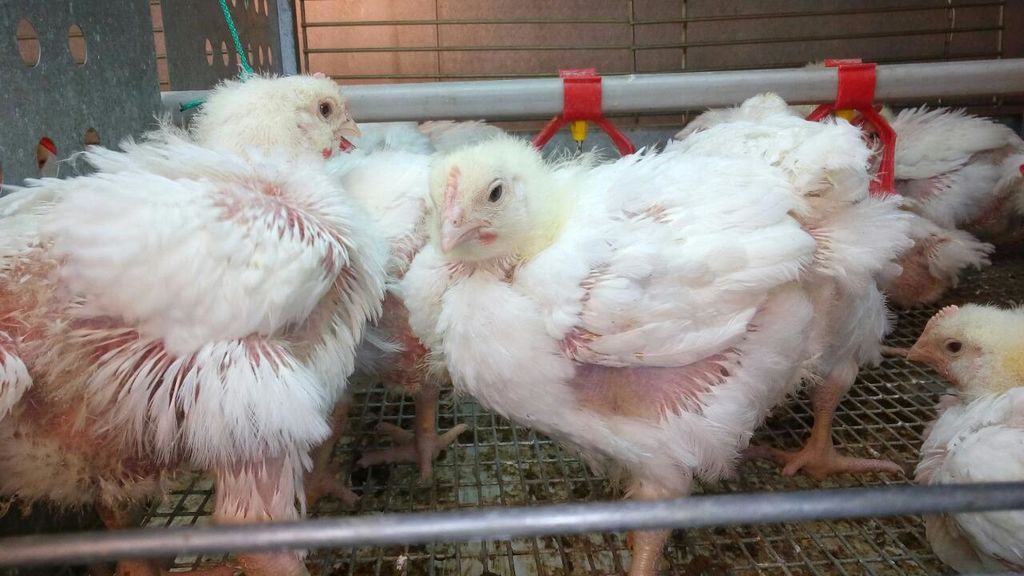
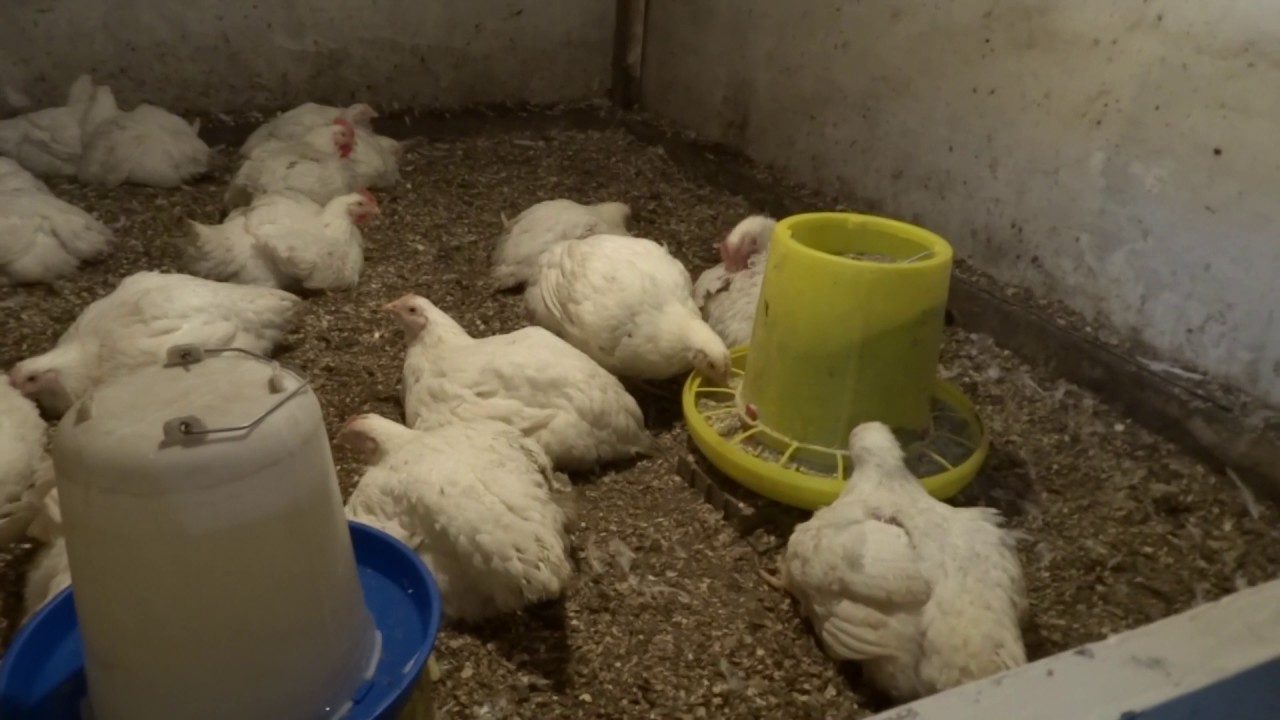
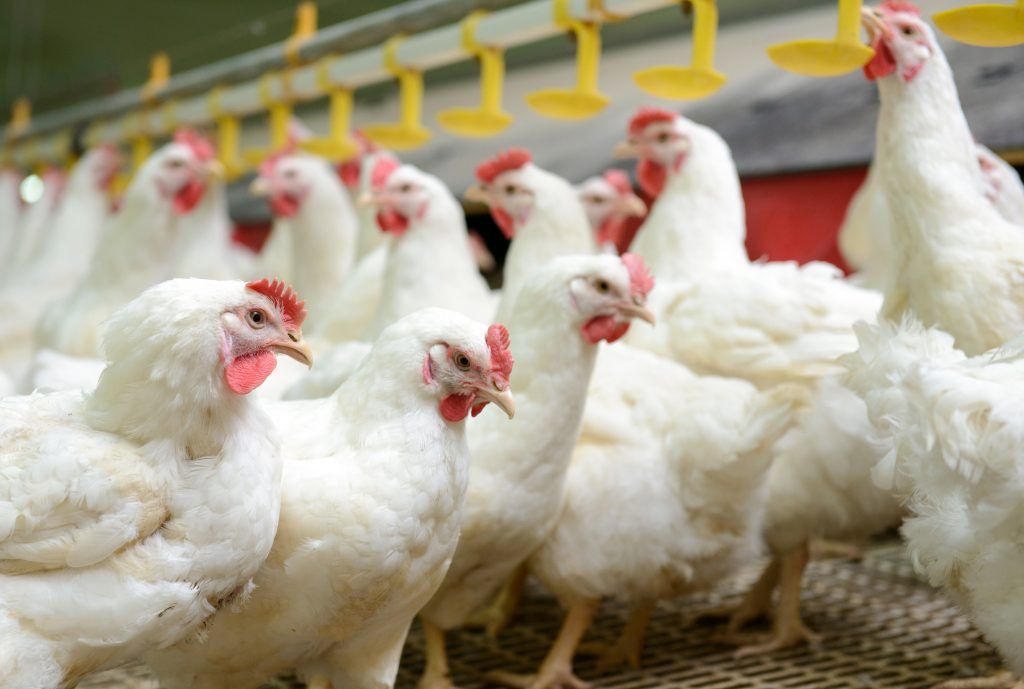
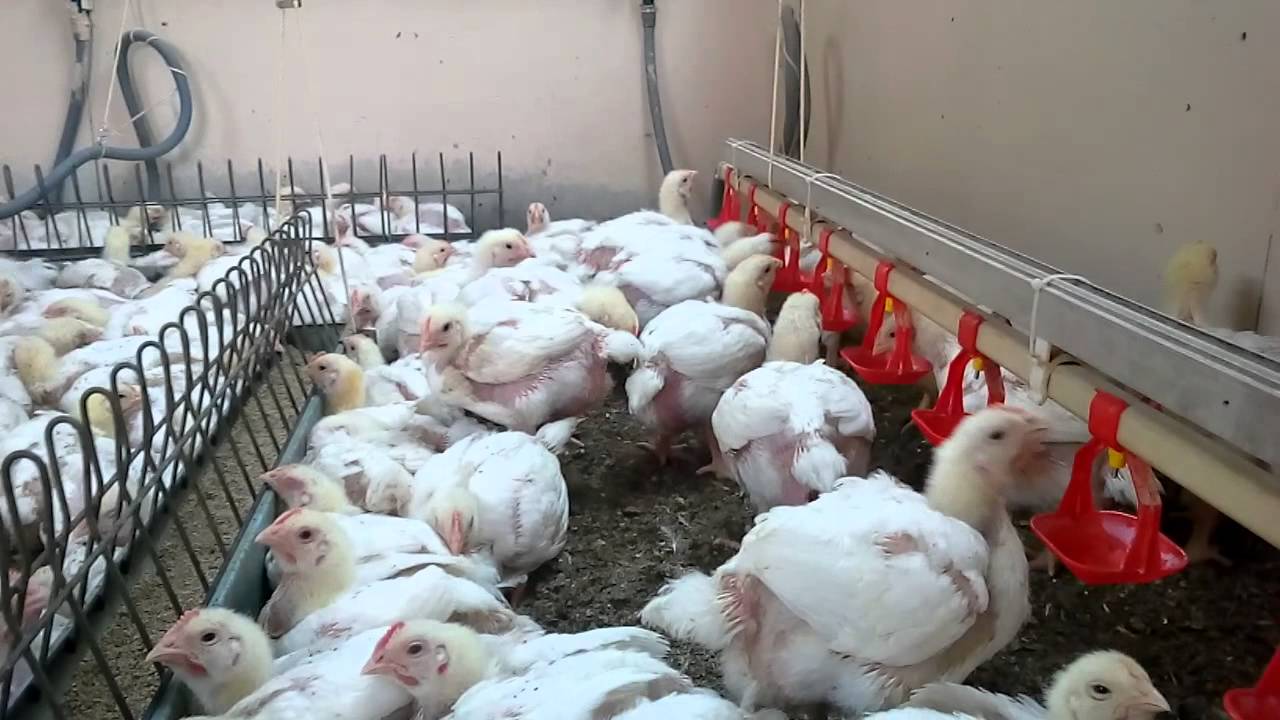
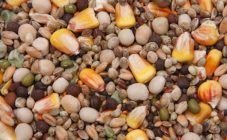

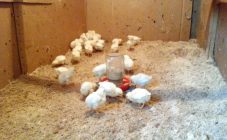
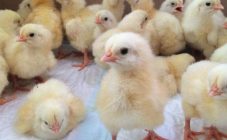
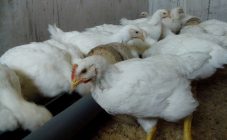
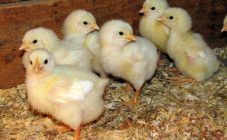







how are you going to get offspring from cobb? this is a compote from different breeds. and each offspring will return to the source, i.e. after a while you will get some kind of laying hen.